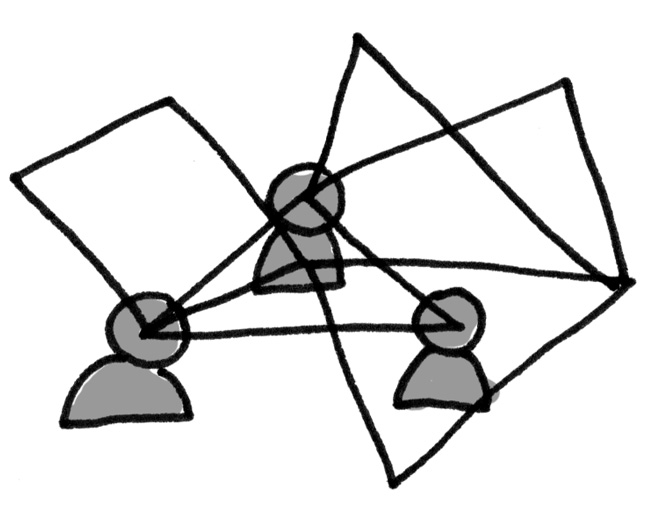
2003 – 2006 Graphik- und Kommunikationsdesign an der »Graphischen« in Wien
2006 - 2013 Kulturwissenschaft (Bachelor und Master) an der Humboldt-Universität zu Berlin
2015 – 2017 Bühnenbild und szenischer Raum (weiterbildender Master) an der TU-Berlin

Danach freie Mitarbeit als Kuratorin, Szenografin und Grafikerin bei koerdtutech, STUDIO NEUE MUSEEN, ramicsoenario Ausstellungsgestaltung, designhaus berlin und als Teil von dia° Netzwerk für Kommunikation.

Seit 2019 biete ich szenografisch-künstlerische ︎︎︎ Beratung und Workshops für Museen an. Damit sollen Museen unkompliziert Zugang zu gestalterischem Wissen bekommen.
Mit dem neuen Schwerpunkt von ︎︎︎ Partizipation und Strategie vertiefe ich meine Arbeit im Bereich der Gruppenprozesse.
Mitgliedschaften: Vera Verband der Ausstellungsgestaltung und Deutscher Museumsbund.